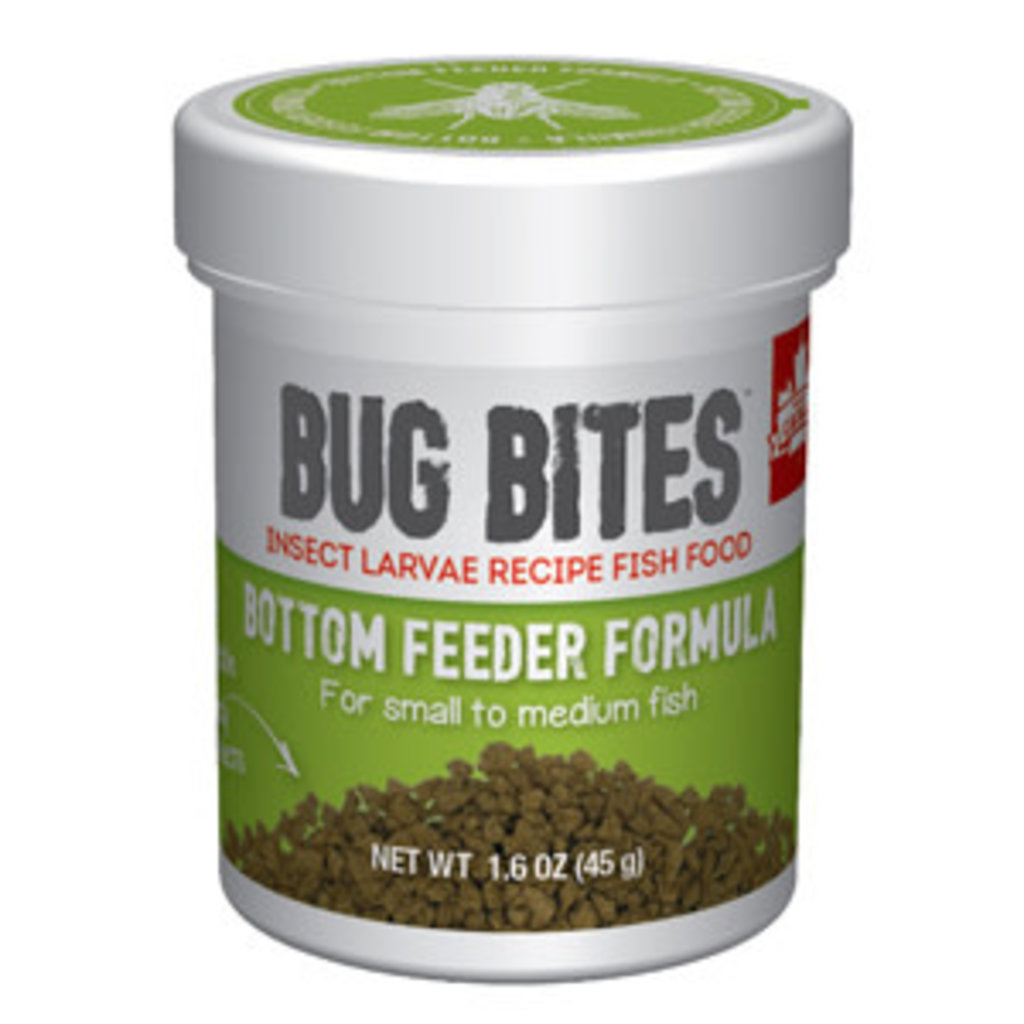When wandering through the vibrant underwater world, the idea of consuming fish found at the bottom might trigger vivid imaginations. But have you ever stopped to ponder, “Bottom feeder bites: are these fish safe to eat?” This inquiry leads us down a winding path of aquatic ecosystems, dietary habits, and culinary implications that are as fascinating as they are informative. Let’s dive into this topic with a buoyant spirit, as we explore the various dimensions of bottom feeders and their edibility.
Understanding Bottom Feeders
Bottom feeders are aquatic animals that sift through substrates—such as mud, sand, or gravel—primarily to graze on organic debris or tiny creatures lurking within. Common examples include catfish, tilapia, and certain species of carp and crustaceans. These species are equipped with specially adapted mouths and gills that allow them to exploit the benthic environment for food. Their unique feeding behavior raises questions about their role in the ecosystem and their suitability for human consumption.
The Ecological Role of Bottom Feeders
The significant ecological role that bottom feeders play cannot be overlooked. Acting as nature’s recyclers, they help maintain water quality by consuming decomposing material and, in turn, preventing the build-up of detrimental organic matter. This process, known scientifically as bioturbation, improves nutrient recycling within aquatic systems. However, the question arises: does their diet and lifestyle affect their safety for human consumption?
Do Bottom Feeders Accumulate Toxins?
One legitimate concern regarding bottom feeders is their potential for bioaccumulation of toxins. While these fish are essential for ecological balance, they often come into contact with pollutants such as heavy metals, pesticides, and pathogens that may settle on the riverbed or ocean floor. Unlike fish that inhabit cleaner, open water, bottom feeders tend to have a higher probability of accumulating these harmful substances over time.
A research study might illuminate the levels of contaminants in bottom-dwelling fish compared to pelagic species. For instance, a catfish caught in a contaminated river may harbor higher amounts of lead or mercury than snapper swimming in open waters. So here lies the challenge: Are the rich flavors and the delicate textures of bottom feeders worth the risks associated with potential contaminants?
Health Benefits vs. Health Risks
There’s a playful paradox when contemplating bottom feeders’ edibility. On one hand, these fish are often rich in Omega-3 fatty acids and protein, providing significant health benefits similar to other fish. Furthermore, they are typically more affordable than their surface-swimming counterparts, making them appealing to families and culinary enthusiasts alike.
Conversely, the risks associated with consuming bottom feeders can prompt thoughtful reflection. Pregnant women and children are often advised to avoid species notorious for high contamination levels due to toxic elements. Awareness is key, and consumers should consider whether the source of their bottom feeders is reputable and trustworthy.
Cooking and Preparation
For those who do choose to incorporate bottom feeders into their diets, preparation can make a significant difference. Cooking methods such as grilling, baking, or broiling can effectively reduce certain pathogens and enhance the flavors, potentially counteracting some risks. A popular technique among chefs is to marinate the fish in citrus juices, which not only aids in flavor but can also help eliminate some bacteria.
Sourcing Responsible Bottom Feeders
Choosing responsibly sourced bottom feeders makes a world of difference in ensuring safety. Fish markets that promote sustainable fishing practices and adhere to strict quality control measures provide greater transparency and reassurance about the origins of their products. Some consumers may also rally behind aquaculture initiatives that ensure bottom feeders are raised in pollutant-free environments.
Conclusion: Navigating the Bottom Line
As we traverse the intricate layers of this subject, the question of whether bottom feeders are safe to eat remains nuanced. On one hand, abundant health benefits and culinary versatility beckon you to explore these fish. On the other, awareness of potential contamination risks looms large. Ultimately, the decision rests in the hands of consumers willing to navigate this watery world armed with knowledge and caution.
So, as you ponder your next seafood dish, take a moment to consider how bottom feeders fit into your culinary landscape. Will you dare to indulge in their rich flavors while weighing the risks? There’s a vast ocean of opportunity awaiting, and whatever your choice, embrace the journey of exploration!
